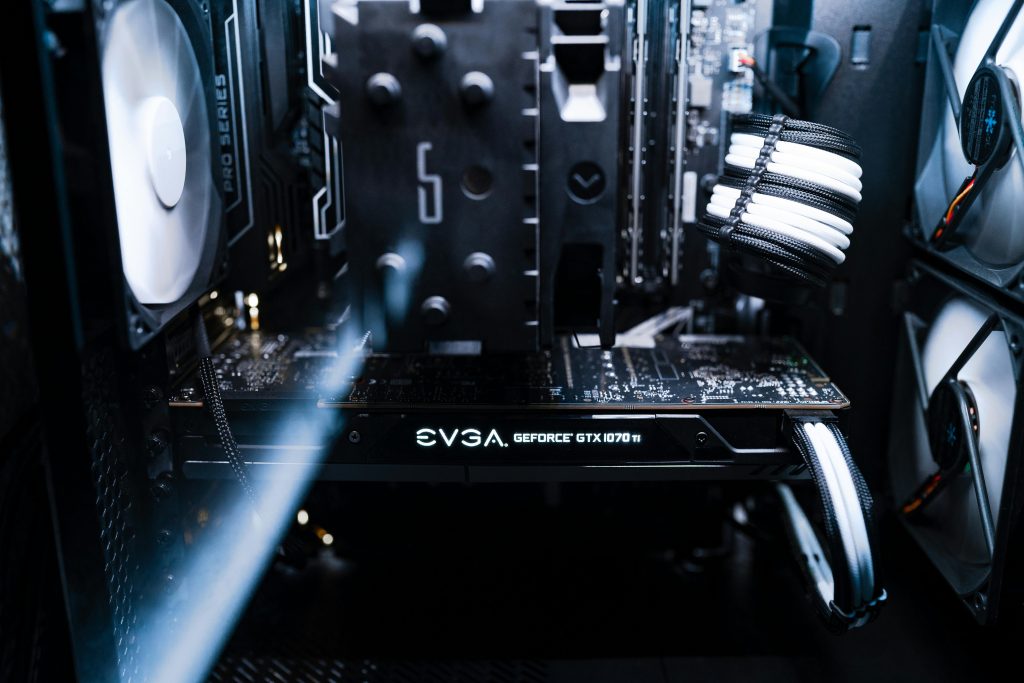Troubleshooting Gaming and Performance Issues on a Custom-built PC: A Comprehensive Guide
Building and maintaining a high-performance gaming PC can often come with unforeseen challenges. If you’re experiencing stuttering, screen tearing, and system instability despite diligent troubleshooting, you’re not alone. This article provides a detailed account of common issues, steps taken to resolve them, and best practices for diagnosing and fixing persistent performance problems.
System Overview
The configuration in question includes:
– Monitor: MSI OPTIX MAG QRF274-QD (165Hz, 1440p)
– Motherboard: MSI B760M D3SH DDR5
– Storage: 1TB NVMe Western Digital, 1TB Samsung SSD
– Memory: DDR5 6000MHz XPG
– Graphics Card: NVIDIA RTX 3080 10GB
– Processor: Intel Core i5-14600KF
– Power Supply: 750W Plus Gold by Antec
– Cooling: Thermalright liquid cooling and fans
The system was initially set up with a clean installation of Windows 10 Pro, later upgraded to Windows 11 Pro to investigate potential differences.
Initial Modifications and Observations
Prior to encountering issues, a BIOS update was performed, coupled with attempts to overclock RAM timings to improve performance. These changes coincided with the onset of system performance irregularities, including:
- Stuttering in multiplayer PUBG sessions
- Screen tearing despite G-Sync being enabled
- Game-specific choppiness and tearing issues
- Low Power Draw in Cinebench (around 90W initially)
Troubleshooting Steps Undertaken
The troubleshooting process involved an extensive series of steps, demonstrating systematic problem-solving:
- Operating System Reinstallation
- Windows was fully reinstalled, with all partitions on drive C deleted to eliminate software conflicts.
-
SSDs holding data and game files were disconnected temporarily to isolate variables.
-
Driver and BIOS Updates
- Updated BIOS to the latest version.
- Reinstalled chipset drivers and GPU drivers using Display Driver Uninstaller (DDU) for clean uninstallation.
-
Reflashed BIOS, checked for firmware updates.
-
Hardware and Power Configuration Adjustments
- Disabling features like High Precision Event Timer and global C-states in BIOS.
- Adjusting Windows power management settings: disabling link state power management
Share this content:



